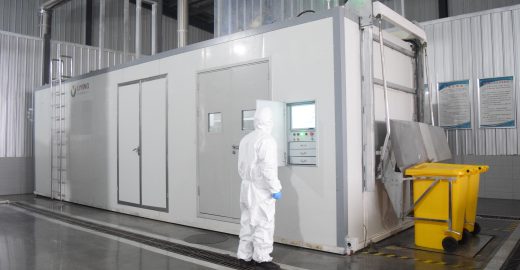Time:
Recently, the World Health Organization issued a notice about an outbreak of Marburg virus in the Rwanda region. Among the confirmed cases, there have already been deaths, with a fatality rate of nearly 31%. At the same time, Germany experienced a false alarm. Two suspected cases were reported on a train traveling through the Hamburg area. The authorities immediately shut down the train station, which was reopened only after confirming that the two passengers were not infected. According to reports, this virus is extremely dangerous, with a real fatality rate of up to 88%! Therefore, it is crucial that we understand this virus and stay vigilant!
The Marburg virus is the causative agent of Marburg virus disease, belonging to the Filoviridae family. In 1967, two large outbreaks occurred simultaneously in Marburg and Frankfurt, Germany, as well as Belgrade, Serbia. This was the first significant recognition of the disease, which was linked to laboratory work involving African green monkeys (Cercopithecus aethiops) imported from Uganda.
Initially, human infection occurred due to prolonged contact with caves or mines inhabited by colonies of North African fruit bats. Infection can happen when broken skin or mucous membranes come into direct contact with the blood, secretions, organs, or other bodily fluids of infected individuals, or through contact with surfaces and materials contaminated by these fluids.
Healthcare workers are often infected while treating suspected or confirmed Marburg virus patients. They are at risk due to close contact with the patient and failure to use strict infection control measures during treatment. The use of contaminated syringes or needle-stick injuries also plays a role in transmission, and cases of severe illness and rapid deterioration are commonly seen with high fatality rates.
Direct contact with a deceased body at funerals can also promote the spread of the Marburg virus. As long as the blood of an infected person contains the virus, they remain contagious.
Due to the high fatality rate of Marburg virus, combined with the lack of an approved vaccine or antiviral treatment, survival rates can only be improved with oral or intravenous fluids. Therefore, prevention and control of the infection are of utmost importance, especially regarding medical waste from patients who have been in contact with the virus.
Using appropriate and thorough sterilization methods for medical waste not only reduces the risk of transmission but also ensures the health and safety of healthcare workers and their families.
In response to this, LI-YING’s MDU series can help hospitals handle large amounts of highly infectious medical waste. It not only reduces the risk of transmission during transportation but also helps lower the costs for healthcare institutions in waste disposal.
At LI-YING, we are dedicated to providing waste handlers with the best tools. Our medical waste disposal equipment can pre-shred medical waste and utilize microwave sterilization technology, achieving a sterilization rate of 99.9999%. The process is highly efficient, making it an essential tool in stopping virus transmission. Contact us now!
You can follow our video channel.

What is the Polluter Pays…

Forests and wetlands are …

Of course! LI-YING has ex…
PDF Request